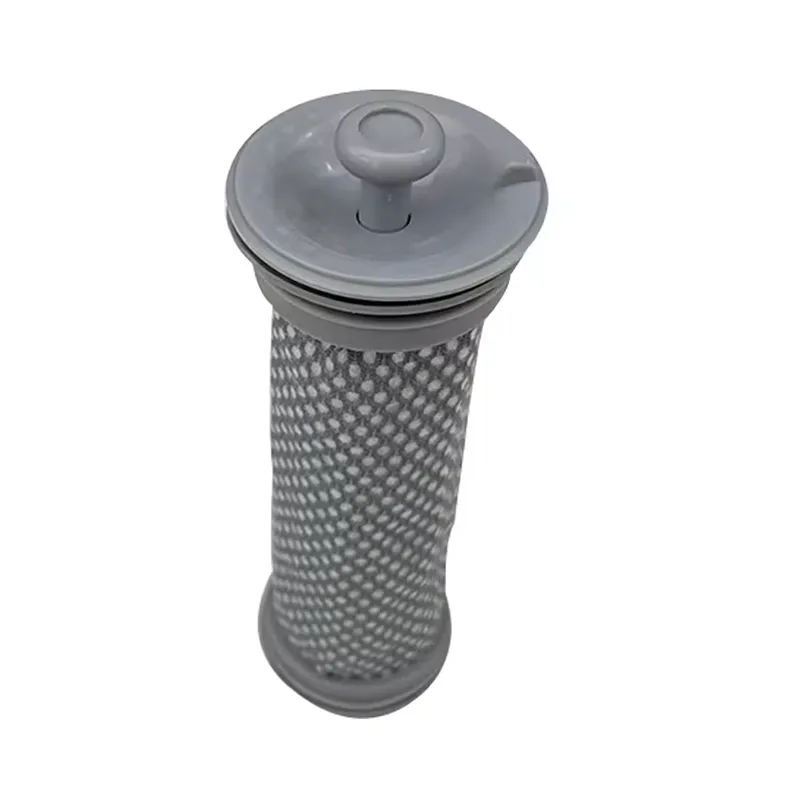Flat rubber seal strips are indispensable in today's world, offering versatile and effective solutions across various industries. Their ability to create airtight and watertight seals enhances energy efficiency, safety, and durability in countless applications. By understanding their uses and benefits, businesses and homeowners can make informed decisions when selecting the right sealing solutions for their needs. Whether in automotive, construction, appliances, or HVAC systems, flat rubber seal strips play a pivotal role in improving functionality and reliability.
 Home
Home











